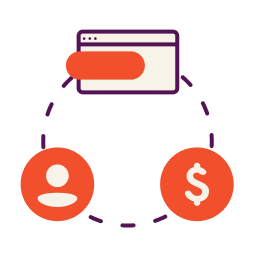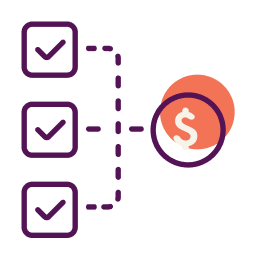Have you tried to get a loan from a small business lender and been denied? Do you plan on applying soon?
As you probably know, the process isn’t easy. The Federal Reserve recently revealed that 72% of small business owners get denied for a traditional bank loan. Ouch.
Toss in the fact that it usually takes around 26 hours to complete a loan app— most likely just to get rejected— and it’s enough to make you cry. Trust me, crying doesn’t work.
So how can you give yourself the best shot at getting an “approved” stamp? Start by NOT telling your lender these three things.
How do you plan on using the funds?
During the loan process, all lenders are going to ask how you plan on using the cash. This question is usually right on the application itself. How you answer can make or break your approval chances.
Now, it goes without saying, but you shouldn’t lie on your loan application. But… you can be savvy with your responses to make yourself look as risk-free as possible.
If you want to be viewed as a solid bet, never use these three “Use of Funds” answers:
1. Business or Real Estate Opportunity: This is usually viewed unfavorably. The last thing the lenders want to hear is that you are using the money on a new, risky venture.
2. Debt Consolidation: Usually viewed unfavorably by a lender, as it indicates you are stretched thin. Lenders typically want to see a plan of how the money will help you increase revenue, not simply get you out of debt.
3. Pay off Creditors: This is always viewed unfavorably because it tells a lender that you are behind in your bills and need to be bailed out. If you’re having trouble paying your current credit accounts, why would they think things will be different with them?
What your business lender wants to hear
Just as there are answers a lender will always view unfavorably, there are a couple common answers they want to hear. Use these, and be prepared to explain exactly how the loan will help you accomplish your goals.
1. Working Capital: This is favorably viewed. Generally working capital is defined as a sum of money that helps you bridge the gap between the time you have to pay expenses and when you receive the anticipated revenues.
A good example of this would be using the loan to help make payroll and utility bills, so you can purchase bulk inventory at a steep discount.
2. Expansion: Communicate how you can use the money in a non-risky way to expand your business and take advantage of opportunities. If you can show that the loan will help you bring in significant revenue, your answer will be viewed favorably.
A good example would be the purchase of specific equipment or inventory that will enable you to double your revenues.
Who gets approved?
Of course, answering how you plan on using your loan funds is just one part of the application process. It won’t get you approved on its own, but it can get you denied.
To boost their odds, smart business owners take the time to draft a solid business plan, clearly show their current financials and projections, and maintain strong personal and business credit scores.
This article was originally written on September 23, 2014 and updated on February 2, 2021.



Have at it! We'd love to hear from you and encourage a lively discussion among our users. Please help us keep our site clean and protect yourself. Refrain from posting overtly promotional content, and avoid disclosing personal information such as bank account or phone numbers.
Reviews Disclosure: The responses below are not provided or commissioned by the credit card, financing and service companies that appear on this site. Responses have not been reviewed, approved or otherwise endorsed by the credit card, financing and service companies and it is not their responsibility to ensure all posts and/or questions are answered.